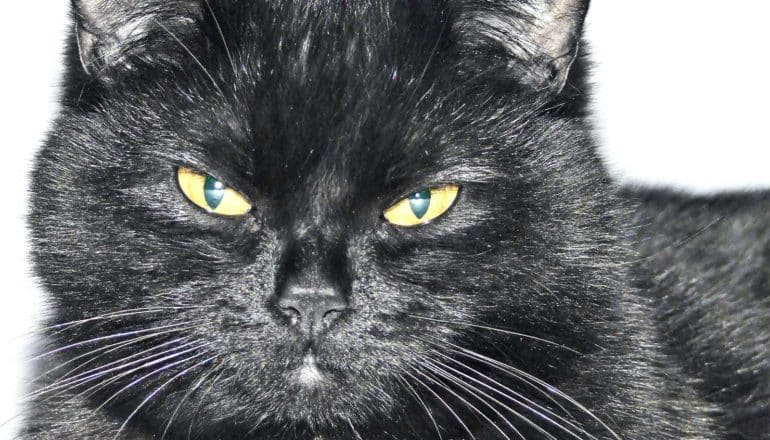Cats don’t roam far, but they do lots of killing
https://ift.tt/2Q9P581

House cats’ hunting can have big effects on local animal populations, researchers report.
That’s because they kill more wildlife, in a given area, than similar-sized wild predators, according to a new study.
This effect is mostly concentrated relatively close to a pet cat’s home, since most of their movement was a 100-meter (328-foot) radius of their homes, usually encompassing a few of their neighborhood’s yards on either side.
Researchers collaborated with scientists and citizen scientists from six countries to collect GPS cat-tracking data and prey-capture reports from 925 pet cats, with most coming from the US, UK, Australia, and New Zealand.
Listen to Roland Kays explain his findings in this podcast:
Download the transcript of the podcast here.
Cats killing local wildlife
“Since they are fed cat food, pets kill fewer prey per day than wild predators, but their home ranges were so small that this effect on local prey ends up getting really concentrated,” says lead author Roland Kays, research associate professor and director of the Biodiversity & Earth Observation Lab at the Nature Research Center at the North Carolina Museum of Natural Sciences.
“Add to this the unnaturally high density of pet cats in some areas, and the risk to bird and small mammal population gets even worse. We found that house cats have a two- to 10-time larger impact on wildlife than wild predators—a striking effect,” he says.
The researchers focused on the ecological impact of house cats—as opposed to feral cats—and enlisted hundreds of pet owners to track their cats to see where they went and report on the number of dead critters they brought home. Inexpensive GPS tracking devices measured distances traveled by these house cats, which spent their days both indoors and outdoors.
“We knew cats were killing lots of animals—some estimates show that cats in North America kill from 10 to 30 billion wildlife animals per year—but we didn’t know the area in which that was happening, or how this compared with what we see in nature,” Kays says.
The researchers calculated the amount of prey killed per year by house cats and divided the number by the area in which the cats hunted. Some adjustments were made to the prey count as cats don’t necessarily bring all their kills home.
The study showed that house cats killed an average of 14.2 to 38.9 prey per 100 acres, or hectare, per year.
Close to home
The study also showed that cats do much of their damage to wildlife in disturbed habitats, like housing developments.
“Because the negative impact of cats is so local, we create a situation in which the positive aspects of wildlife, be they the songs of birds or the beneficial effects of lizards on pests, are least common where we would appreciate them most,” says coauthor Rob Dunn, a professor of applied ecology at North Carolina State University.
“Humans find joy in biodiversity, but we have, by letting cats go outdoors, unwittingly engineered a world in which such joys are ever harder to experience.”
The study appears in Animal Conservation. Additional coauthors are from the North Carolina Museum of Natural Sciences, NC State, Dartmouth College, East Carolina University, SciStarter, University of Exeter, Victoria University of Wellington, and the University of South Australia.
Source: NC State
The post Cats don’t roam far, but they do lots of killing appeared first on Futurity.
via Futurity.org https://ift.tt/2p1obR5
March 12, 2020 at 08:56AM